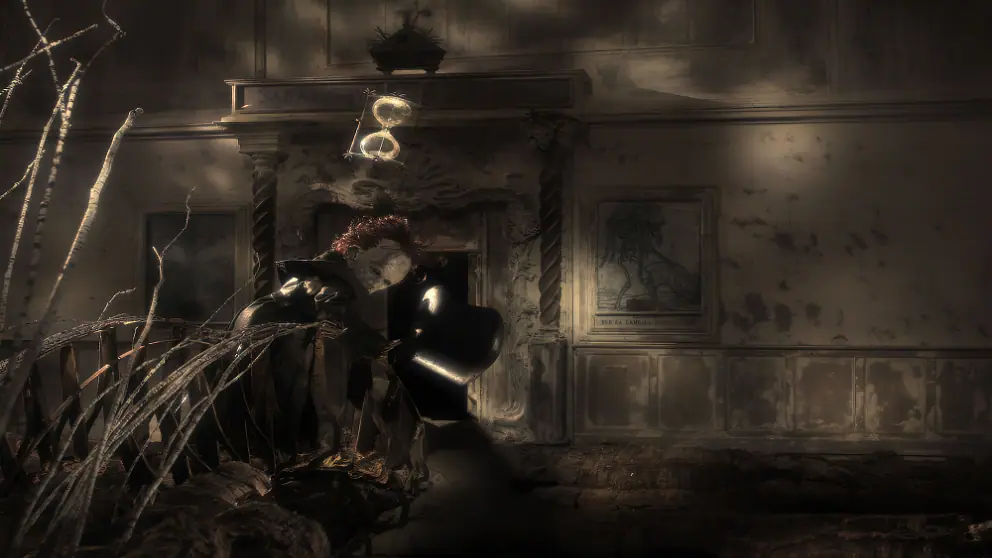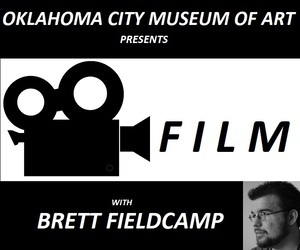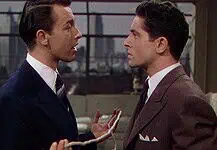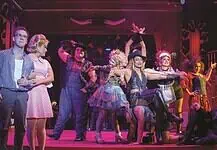The filmmaking medium has been championed for decades as the most capable outlet for digging into the true nature of life and for examining the most gritty and realistically resonant human stories. And that’s all true.
But cinema is also the world’s richest playground for the wildest visions and imaginations, fully unhinged and unbound from the constraints of reality through the movie magic of inventive visual effects.
And let’s be clear here, we’re not talking about computer-generated imagery and green screen animations (although that stuff can also be phenomenal and eye-popping if creatively used.)
No, here we’re talking about the infinitely imaginative and hands-on innovations of make-up, costuming, lighting, stop-motion, and in-camera trickery that have transported moviegoers to fantastical new worlds since the days of Georges Méliès.
Over the next couple of weeks, Oklahoma City audiences will have some opportunities to experience some of the very greatest and most enduring examples of these practical effects and otherworldly creations as they were meant to be seen: on the big screen.
There’s a modern classic of dark fantasy from one of our current master filmmakers, a two-for-one offering from some of the most influential and groundbreaking visual creators (including their long-awaited newest work,) and even one of cinema’s greatest masterpieces of mindblowing visuals and existential questions alike.
‘2001: A Space Odyssey’ – Harkins Bricktown – Now Playing; Regal Spotlight Norman – September 26th
Hailed by many (including myself) as perhaps the single greatest achievement of cinema, this immortal, time-and-space-crossing science fiction opera from director Stanley Kubrick and novelist Arthur C. Clarke has lost none of its power or appeal in the nearly 60 years since its first release.
Much of that undying legacy is owed to its millennia-spanning story of human evolution and of the tools that we use to both build and destroy, a story told through time-bendingly surreal interpretation, and one that will presumably always be relevant no matter how many years past 2001 we go.
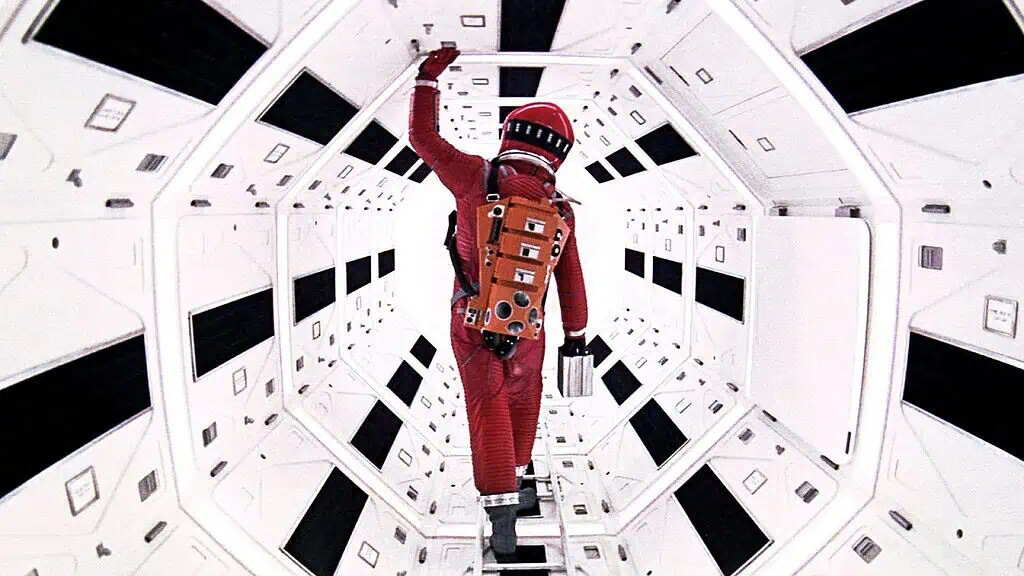
But the multi-generational wonder that “2001” inspires may be owed equally to the remarkable and groundbreaking visual effects throughout, utilizing everything imaginable from creative light projections to spinning sets to Velcro-ed shoes, wirework, and the tragically lost art of matte painting.
It remains a masterclass in the endless creative potential of practical effects and the sheer power of human imagination, and the immaculate new transfer was personally supervised by Oscar-winning mega-director (and Kubrick mega-fan) Christopher Nolan.
‘Sanatorium Under the Sign of the Hourglass’ & ‘Street of Crocodiles’ – Oklahoma City Museum of Art – October 3rd through October 5th
After two decades, the Quay Brothers finally return to the realm of feature film with a fresh full-length nightmare of distorted dreamscapes and stop-motion strangeness.
If you’re not familiar with the Quay Brothers, suffice to say that they are film’s finest purveyors of darkly macabre – and often quietly disturbing – stop-motion moviemaking, and their influence on artistic cinema has grown into something like mythology since their late-70s emergence.
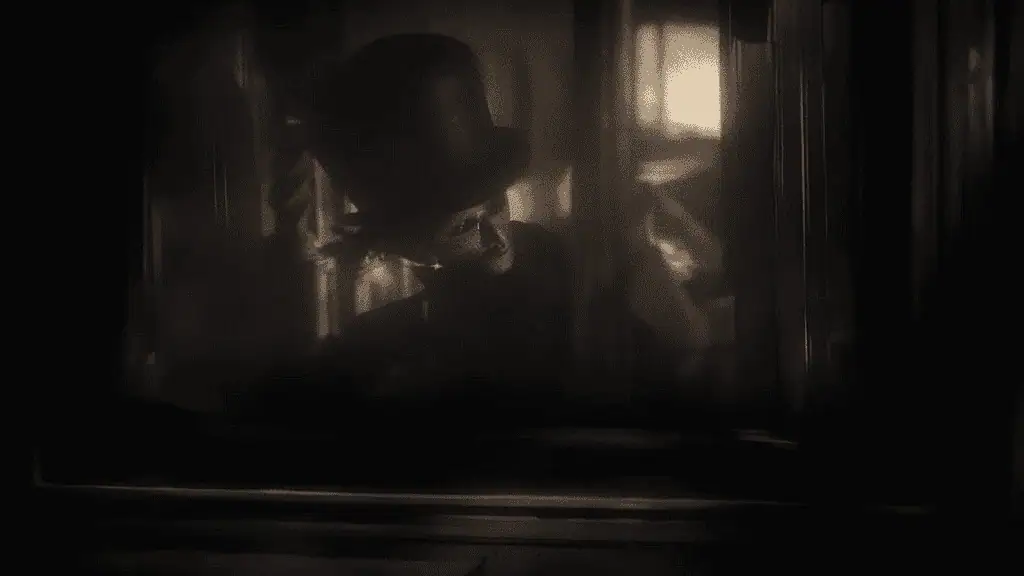
Their unmistakable and largely inimitable work across dozens of boundary-pushing shorts has inspired an incalculable number of music video creators, designers, and visual effects artists with their penchant for gothic oddity and impenetrable, dreamlike atmosphere, often openly eschewing anything resembling a story in favor of pure tone.
But in all their decades of work, they’d only produced two forays into feature-length film, with the brand new live-action/stop-motion hybrid “Sanatorium Under the Sign of the Hourglass” now emerging as their third after nineteen years.
The story (for as much as one can expect a story from the Quays) concerns a man travelling to collect his father’s body after being informed of his death. Upon arrival, he discovers that his father is still very much alive due to the sanatorium’s existence in a space outside of time, a space that only exists between dreams and waking, where time has no meaning and reality is thin.
It’s all inspired by the work of Polish writer Bruno Schulz, as was the Quay’s 1986 breakthrough short “Street of Crocodiles,” which is screening alongside the new feature in a double-barreled showcase of the brothers’ ability to hand-craft a whole world through puppetry, art direction, and a wholly uncompromising eye for design.
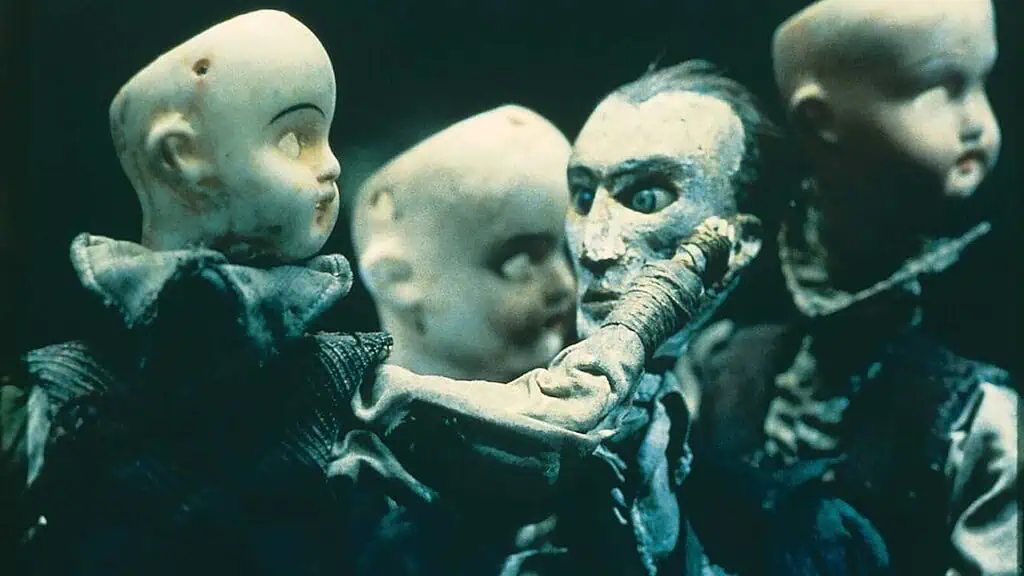
To achieve what is likely the Quays’ widest and highest-profile feature release ever, the rollout is being overseen by (once again) the inescapably busy Christopher Nolan, who it turns out is actually a Quay Brothers mega-fan as well.
For showtimes, tickets, and more, visit okcmoa.com.
‘Pan’s Labyrinth’ – Rodeo Cinema- October 3rd
There are few directors more openly and vocally inspired by both Kubrick and the Quays than the modern moviemaking giant that is Guillermo del Toro, and those influences have perhaps never come together quite so clearly or effectively than in his Oscar-winning 2006 masterwork “Pan’s Labyrinth.”
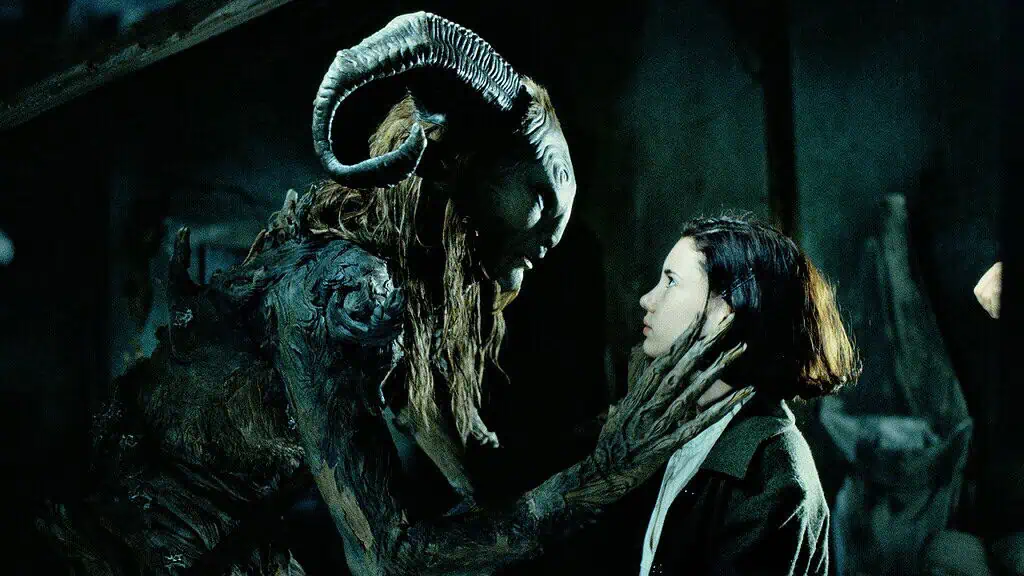
Marrying a dramatic epic of man’s violence and inhumanity in wartime with a gradually uncovered fantasy world populated by creatures both whimsical and terrifying, del Toro’s story follows a young girl navigating abuse and horror in a Spanish orphanage near the end of World War II. When she discovers a mythical world of dark magic beneath the surface – a world where she may be the long-promised savior – she’s slowly pulled in and away from the human horrors outside.
It’s a story that confronts the toll of war and violence on children in a decidedly mature and unapologetic way, but it’s del Toro’s insistence on make-up, costuming, and practically achieved creature design that creates a palpable and tangible dark fantasy realm and elevates the film to modern classic status.
For showtimes, tickets, and more, visit rodeocinema.org.
Catch Brett Fieldcamp’s film column weekly for information and insights into the world of film in the Oklahoma City metro and Oklahoma. | Brought to you by the Oklahoma City Museum of Art.
Brett Fieldcamp is our Arts and Entertainment Editor. He has been covering arts, entertainment, news, housing, and culture in Oklahoma for 15+ years, writing for several local and state publications. He’s also a musician and songwriter and holds a certification as Specialist of Spirits from The Society of Wine Educators.
